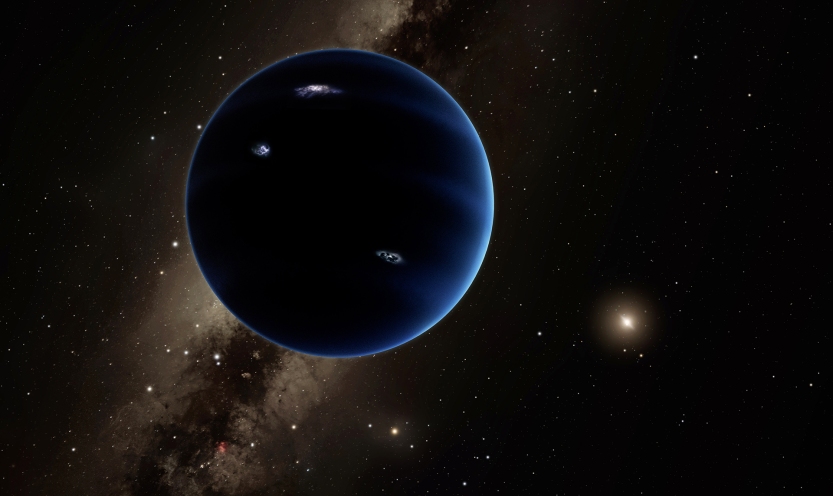Earlier this year, Caltech professors Konstantin Batygin and Mike Brown published a paper presenting evidence for a ninth planet in the Solar System, Planet Nine. While Planet Nine has not been detected, they concluded its existence by looking at the behavior of the most distant objects known in the Solar System.
Even though the best way to discover new celestial objects in the Solar System is by directly capturing them with a telescope, this is not always easy since often times these are faint and compact. Luckily, we can discover them by looking for their gravitational influence on objects we can actually see. The study of Uranus’ behavior, for example, allowed astronomers in the 19th century to first predict, and then confirm, the presence of a new planet, Neptune.
The Kuiper Belt is a region of the solar system beyond the orbit of Neptune, somehow similar to the Asteroid belt, believed to contain many comets, asteroids, and other small bodies. By studying the behavior of the most distant objects ever found in the Kuiper Belt, Brown and Batygin predicted the presence of Planet Nine. The evidence they found is good and exciting but only time will tell whether Planet Nine or some other phenomena is responsible for the peculiar behavior of those objects.
Just recently, an international team of astronomers have discovered a new dwarf planet orbiting in the disk of small icy worlds beyond Neptune, 2015 RR245. Interestingly, its 700-year elliptical orbit is very eccentric, and its distance to the Sun ranges from about 30 to 120 times the distance between the Sun and the Earth. Finding these objects is a challenging task; after all, they are compact and distant. The Outer Solar System Origins Survey, responsible for the discovery, is committed to cataloguing many of the brightest, largest Kuiper belt objects present in our Solar System. Such a catalog will not only help us piece together the history of the Solar System but also shed light on the possibility of Planet Nine.
At the same time, what is exciting about all this is that the data astronomers use is often available to planetariums on a timely basis. The orbit files of 2015 RR245, for example, were readily available, enabling planetaria to update their audiences right at the time the news broke. On a similar note, just a couple of months after Planet Nine was predicted, the Adler Planetarium released a show that explores the largest of Pluto’s neighbors in the Kuiper belt and invites visitors to join in the search for a new ninth planet. These efforts are essential to consolidate planetariums as centers of scientific excellence, and both valuable and reliable astronomy resources for the communities they serve.


does “compact and distant” mean something different in the world of astronomy? or does it just mean very small and very far away? And how compact is compact?
LikeLike
It means small and far a way within the context of the Solar System. The newly discovered dwarf planet, for example, is 370 to 500 miles wide in diameter.
LikeLike